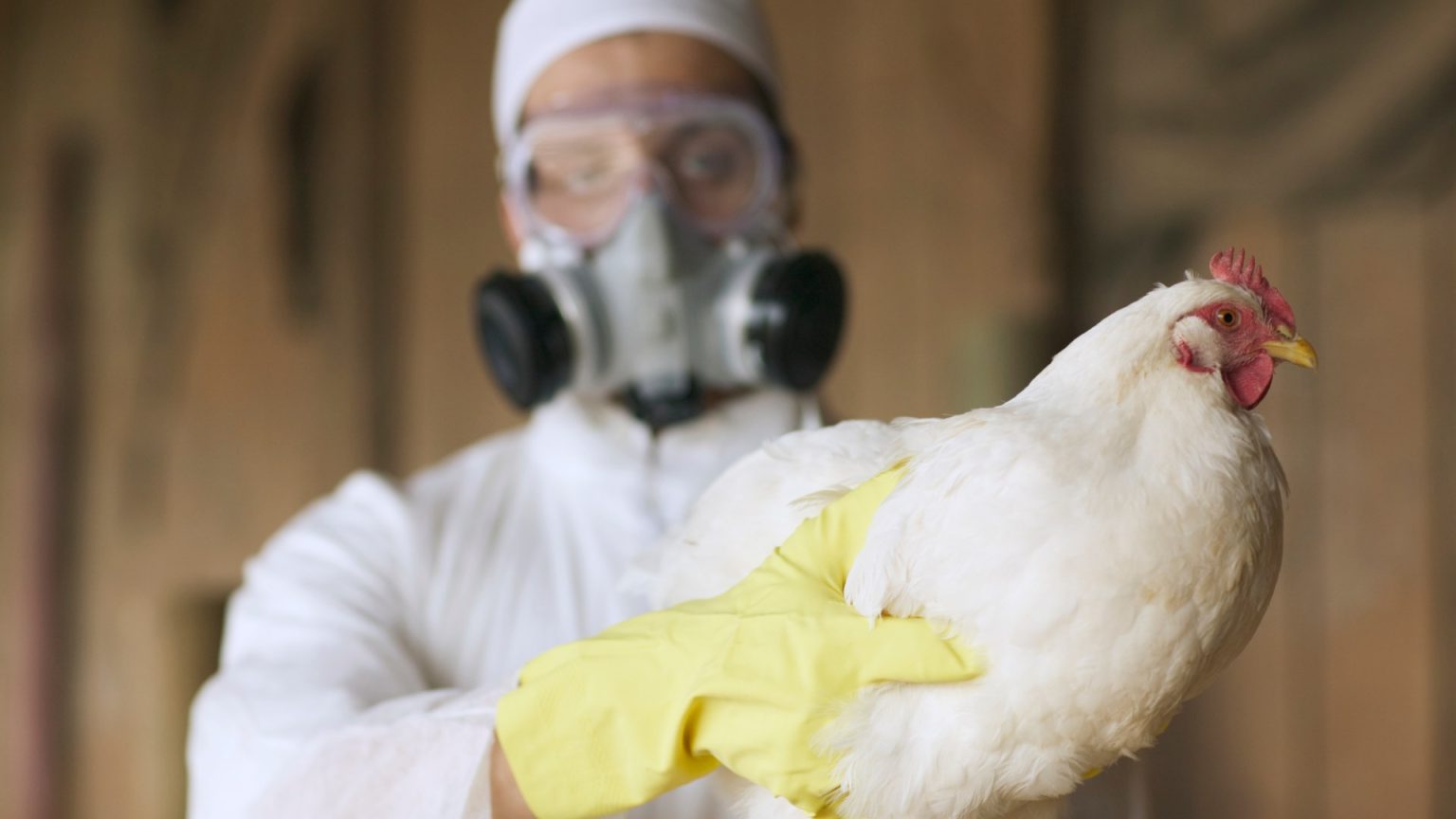A recent outbreak of H5N1 bird flu at a farm in East Yorkshire, England, has heightened concerns about the virus’s potential to become a pandemic. This marks the sixteenth outbreak in the UK in 2024, necessitating the culling of all poultry at the affected site and the establishment of containment zones. The virus, which has been devastating bird populations globally, has increasingly been detected in mammals, including a recent incident involving exotic cats in Washington state. This cross-species transmission raises the specter of further mutation and potential human-to-human spread. Although no such transmission has been confirmed yet, the virus’s adaptability presents a growing threat.
Scientific research underscores the precariousness of the situation. Studies at Scripps Research have identified a single mutation, Q226L, that could enhance H5N1’s ability to bind to human cell receptors, effectively making it behave like a human flu virus. A recent case of a Louisiana man hospitalized with a severe, mutated strain of H5N1 further fuels these concerns. This variant exhibits increased affinity for human upper respiratory cells, suggesting a potential for easier airborne transmission between people. While this case likely stemmed from contact with backyard birds, the demonstrated adaptability of the virus is alarming.
The current understanding of H5N1 transmission suggests direct contact with infected birds as the primary route of infection. This includes handling live or dead birds, their droppings, or contaminated bedding. Consuming thoroughly cooked poultry or eggs poses no risk. While the World Health Organization maintains that the risk to humans remains low, the increasing instances of mammalian infection and the virus’s demonstrated mutability necessitate vigilance and preparedness. The UK government’s procurement of five million doses of an H5 vaccine reflects this proactive approach.
The escalating spread of H5N1 in wildlife, particularly birds, and its recent emergence in cows, along with human cases in Canada and the US, signal a worrying trend. The increased transmission opportunities arising from this wider host range escalate the risk of mutations that could enhance the virus’s ability to spread among mammals, including humans. The identification of a single mutation potentially capable of facilitating human-to-human transmission underscores the urgency of the situation. While there is no current evidence of sustained human-to-human spread, the virus’s high mortality rate in the few hundred human cases recorded over the past two decades is a sobering reminder of its potential lethality.
Historically, H5N1 has infected humans through contact with infected animals, with a case fatality rate of approximately 52% based on data from 2003 to 2024. The possibility of the virus evolving to enable efficient human-to-human transmission is a significant concern, with some experts even suggesting that such spread may already be occurring among certain animal populations. Given the historical precedent of influenza pandemics and the recognized potential of H5N1 to trigger a future outbreak, preemptive measures are crucial. While existing vaccines for various influenza strains, including H5N1, offer some reassurance, ongoing research and development of new vaccines remain essential.
The current situation calls for a multifaceted approach. Continued surveillance of H5N1 in both animal and human populations is crucial for tracking its evolution and identifying potential threats. Research efforts should focus on understanding the mechanisms of viral mutation and developing effective antiviral strategies. Public health measures, including promoting good hygiene practices and raising awareness about the risks associated with contact with birds, are also essential. International collaboration and rapid information sharing are vital for a coordinated global response to this emerging threat.











